
Digestive Disorders

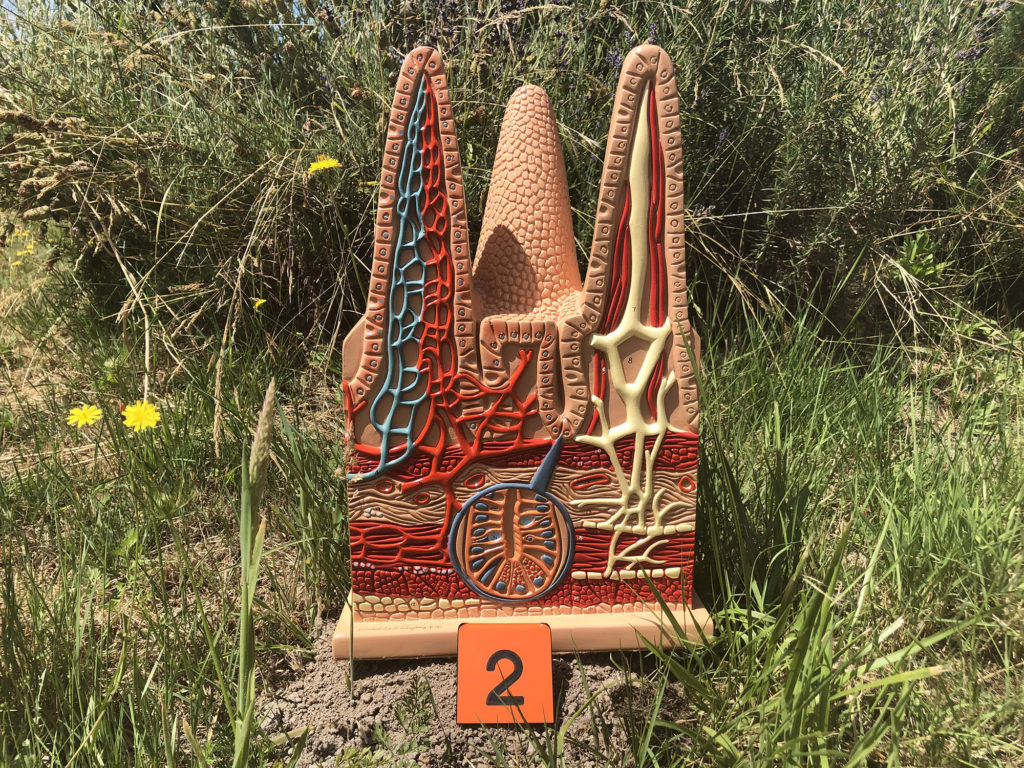
Digestive Disorder Objectives
-
Describe upper G.I.T. disorders, including GERD and gastritis.
-
List and describe various lower G.I.T. disorders.
-
Provide examples of nutrient deficiencies and explain how a person can be “hypernourished” and “malnourished” at the same time.
Upper G.I.T. Disorders
After food passes out the mouth through the throat, it enters the _____. That is where we head next.
GERD is one of a variety of diseases that can impact the esophagus.
The stomach also has a variety of potential disorders, including “stomach inflammation,” also called ______.
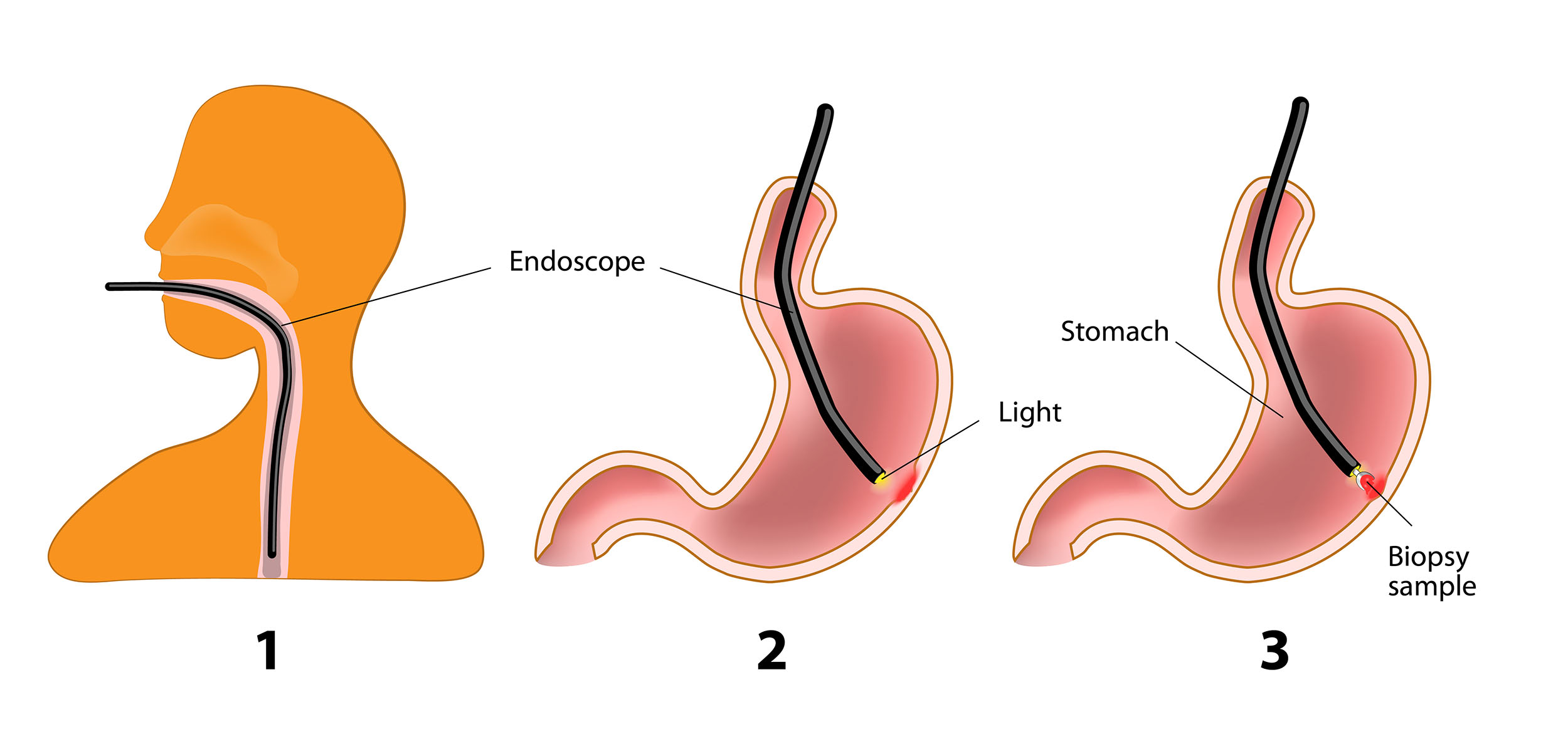
Endoscopic techniques can visualize and even biopsy abnormal areas of the eosphagous and stomach.
Lower G.I.T. Disorders
From the previous section, which organs are included in the lower G.I.T.?
This video provides an overview of their disorders.
The intestines are large organs and they have a variety of different disorders.
The “beginning” of the lower G.I.T. is the small intestine. One of the diseases that impacts this organ is Coeliac Disease.
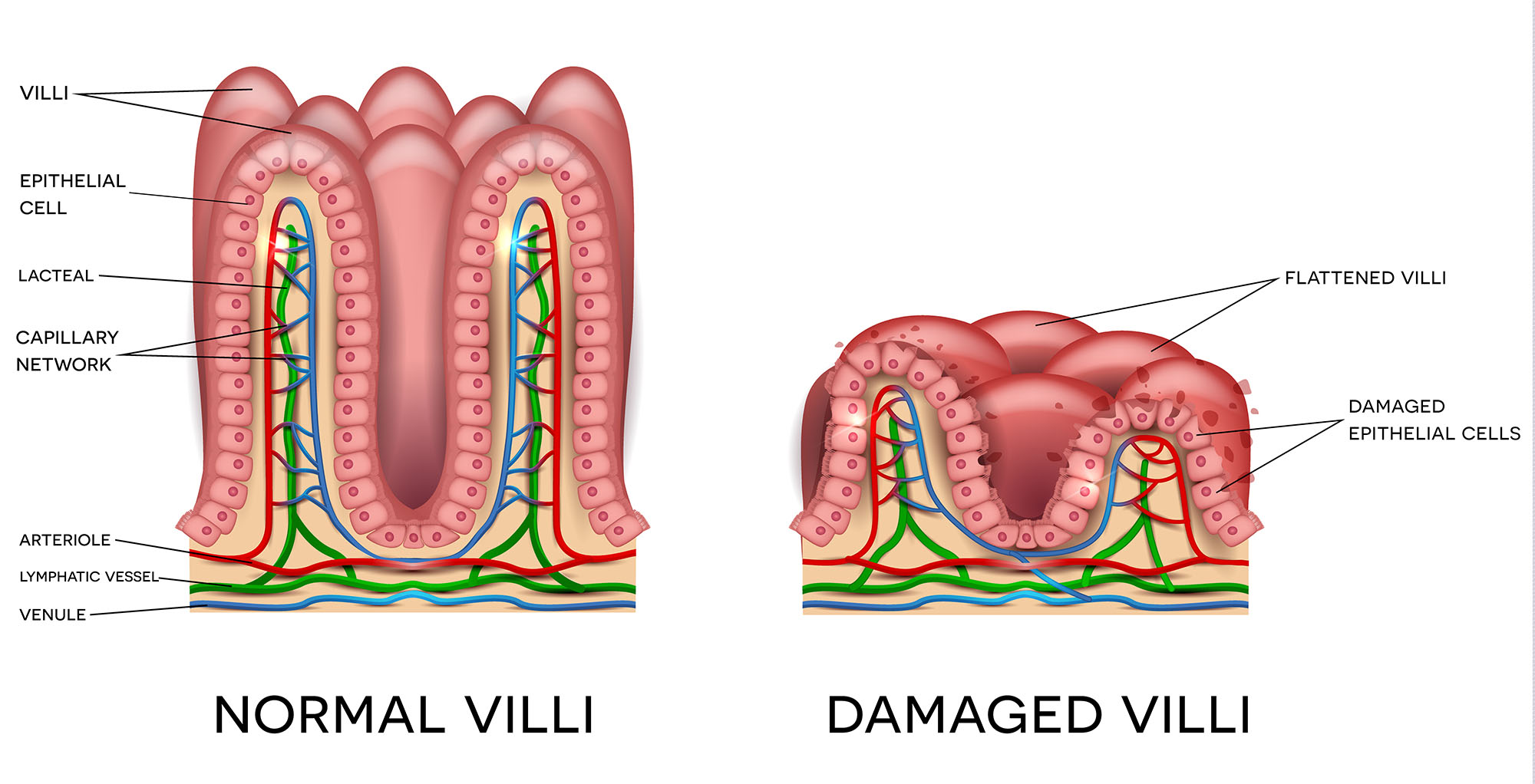
Check your understanding:
Why does an individual with coeliac disease become malnourished?
Which three organs “accessorize” the small intestine by contributing digestive chemicals?
We’re saving the liver and pancreas for upcoming guides. This is a closer look at gallstones in the gallbladder.

Many diseases of the intestines are difficult to detect with medical imagery. An exception is diverticulosis, pouches the form in the intestines due to weakened smooth muscle.

Colonoscopy can video abnormal inflammation and growth inside of the rectum and large intestine. In some cases biopsies are taken with little “snares” for further analysis.
Hemorrhoids
Many people get these bleeding and potentially painful bulging veins.
Nutritional Deficiencies
We are starting with two contrasting problems: malnutrition and hypernutrition.

Identifying specific nutrients that are lacking in an individual’s diet makes it easier to supplement those nutrients, possibly through fortified foods.
Genetically engineered “golden rice” contains genetic material from daffodils and bacteria, creating rice that contains beta carotene. Beta carotene is the precursor to vitamin A, and vitamin A deficiency impacts close to 200 million people worldwide.

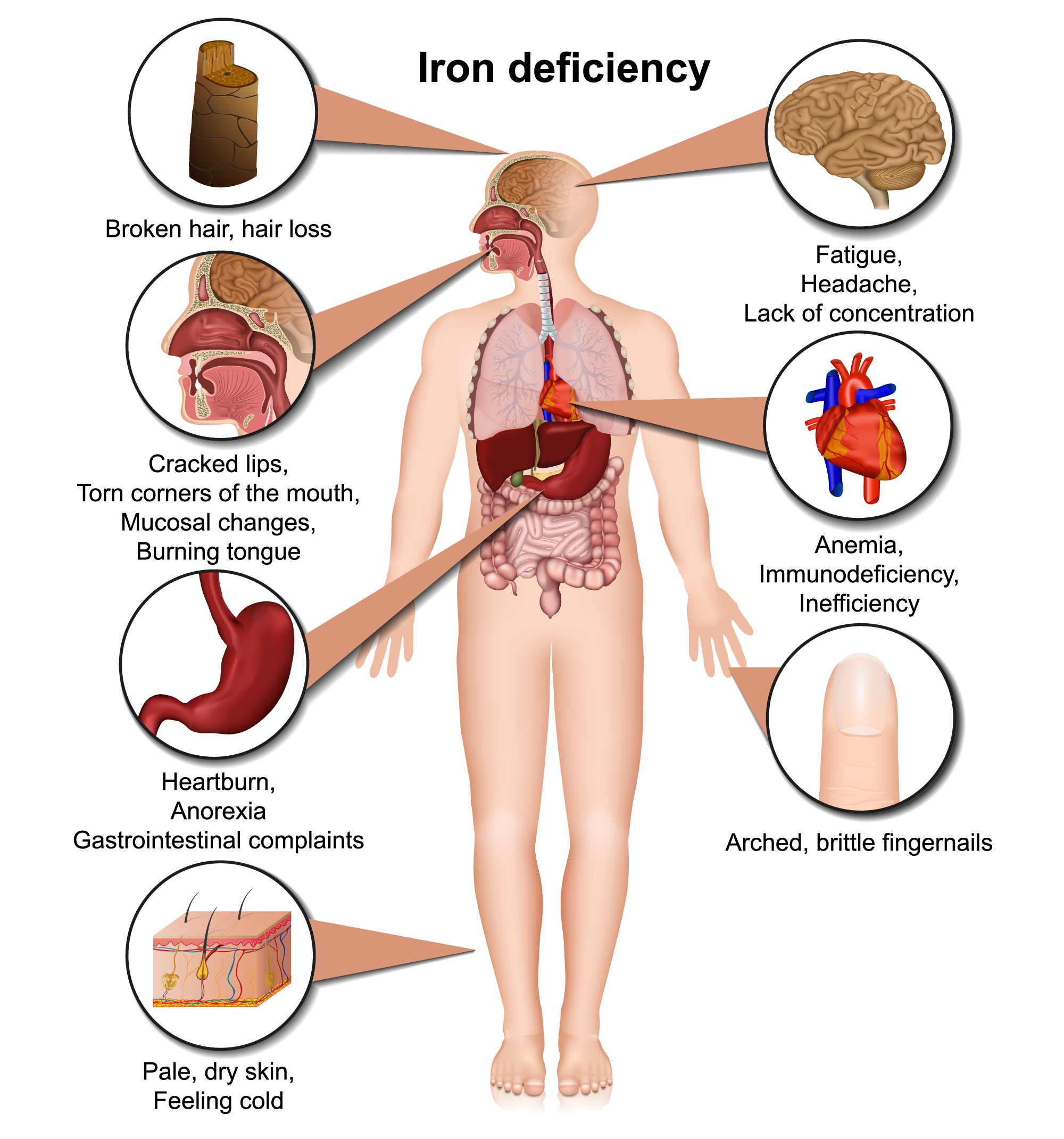
Iron deficiency is the most common form of malnutrition. It can occur due to dietary insufficiency, difficulty in absorption, excessive blood loss, and illness.
Which cells need iron to effectively carry oxygen? ________ Which protein in these cells utilizes iron as a binding site? _________
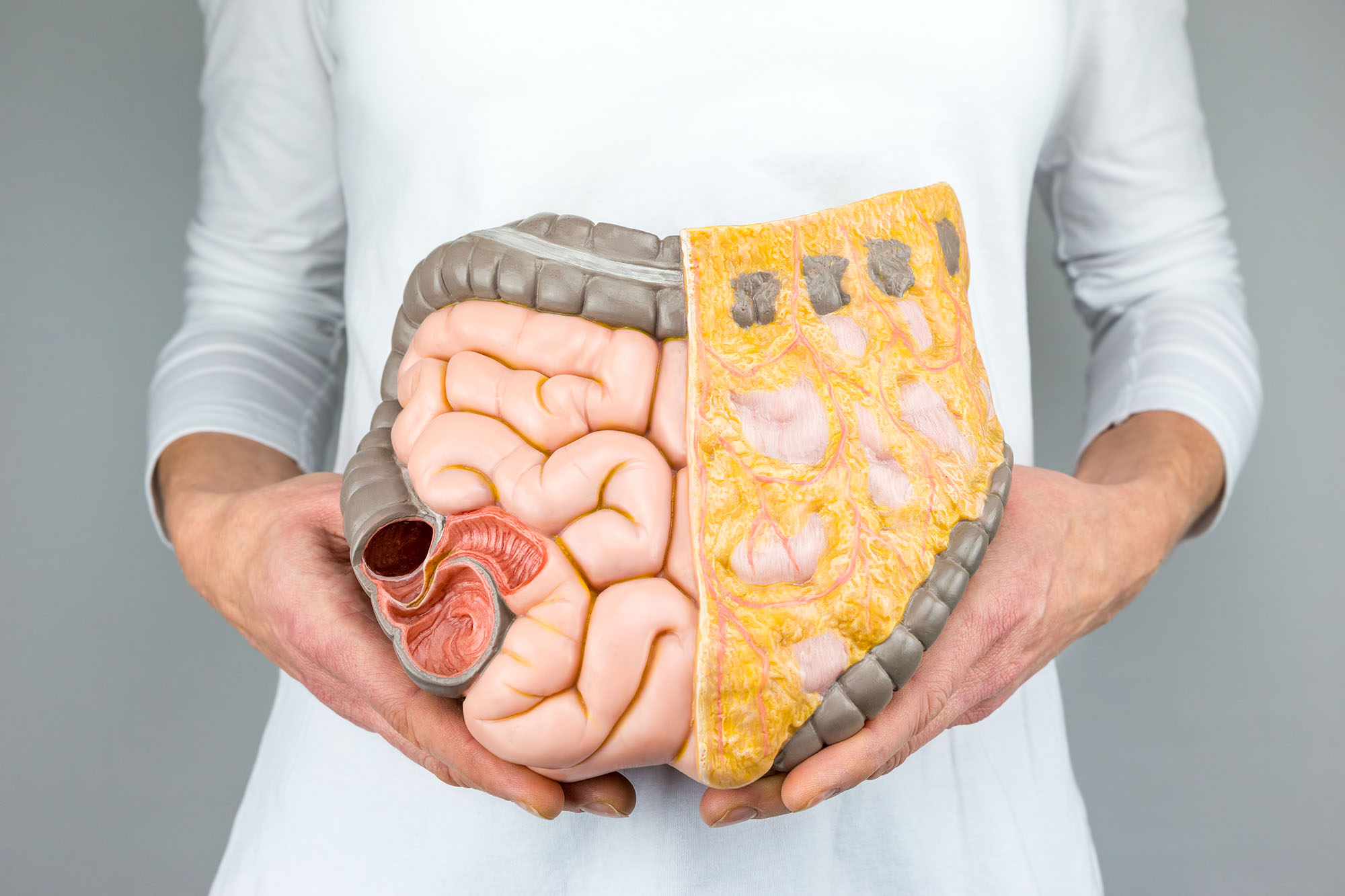
Hypernutrition, or excessive nutrients, can lead to health issues. Excessive calories from consumed fats, sugars, or proteins can be converted to fat and stored in cells, including the adipocytes.
Teaching Biology
Most of us end up teaching at some point, whether it’s family, friends, or professionally. Engaging teaching is educational and entertaining. For this guide’s first journal assignment, you are developing an engaging educational game about the digestive system and/or nutrition.
This video provides examples. There are additional examples on this guide’s resource page.
Start this Guide’s first journal assignment here
Journal Page #5: Digestion Game
You are creating a game to teach about the digestive system. You can be specific, like teaching about one digestive disorder, or more general, like teaching about digestive organs or the digestive process. The game needs to engage the potential learner by being both educational and entertaining.

Include:
- The title of your game.
- The approximate age level you intend the game for (children, adults, all).
- Your game, with basic directions, if needed. The media can be a photo, text, video, web link, etc.
- Clear and correct concepts about some aspect of the digestive system.
Teaching someone else is one of the best ways to learn about a topic. Select something that interests you, and have fun with the learning process.
The next section introduces the respiratory function which has the basic function of taking in oxygen and expelling carbon dioxide.
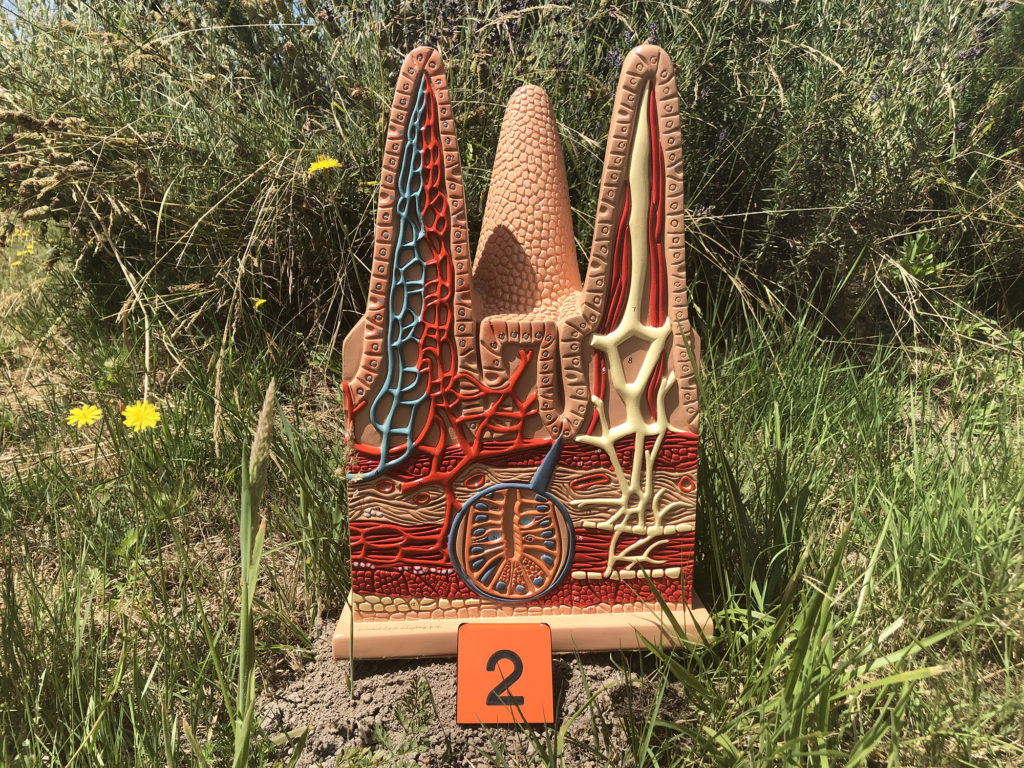
Check your knowledge. Can you:
-
describe upper G.I.T. disorders, including GERD and gastritis?
-
list and describe various lower G.I.T. disorders?
-
provide examples of nutrient deficiencies and explain how a person can be “hypernourished” and “malnourished” at the same time?



